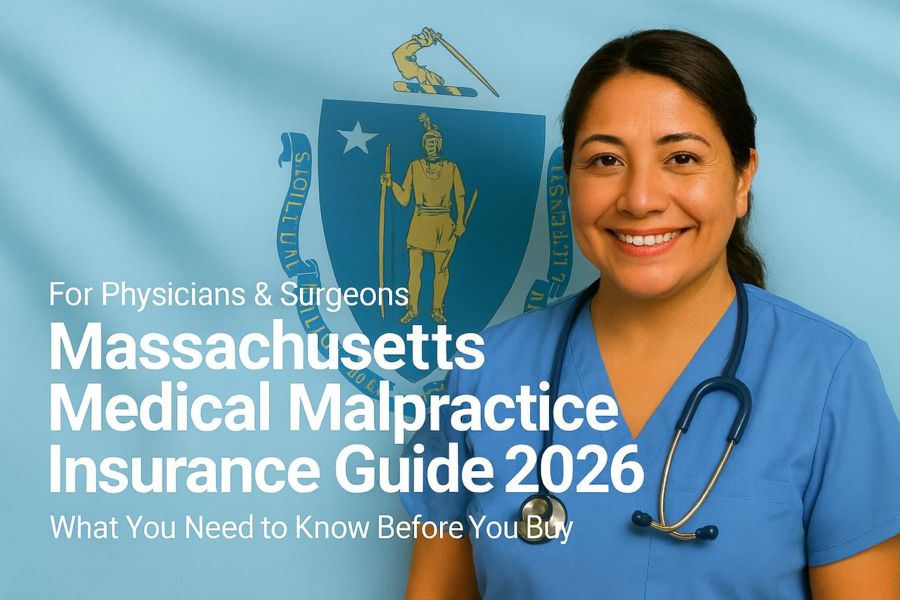There is rarely a typical day in an otolaryngology practice. Ear, nose, and throat (ENT) surgeons treat a wide variety of medical issues for patients ranging from children to the elderly and all ages in between. An ENT surgeon may perform a routine myringotomy or “ear tube surgery” on a toddler in the morning, and a highly complex robotic surgery for throat cancer on a middle-aged adult later the same day. Otolaryngology practices may also offer elective cosmetic surgeries, such as rhinoplasty, Botox injections, ear reconstruction, and face lifts.
Regardless of the ENT surgeon’s skill and experience, surgical complications can occur. The frequency of performing delicate procedures involving proximity to nerves in the eye, larynx, and other intracranial structures increases the risk of surgical errors. The resulting injuries or complications can be devastating to the patient both physically and emotionally. As such, otolaryngology is one of the most challenging surgical fields, with otolaryngologists ranking among the top 10 medical specialists most likely to be sued, according to a 2021 Medscape report. Typical patient complaints behind malpractice suits involving otolaryngology procedures include:
Securing the right medical malpractice coverage is vital to ensuring continuity of the practice and the surgeon’s career. In addition, there are several other ways otolaryngology specialists can proactively manage their malpractice liability risk.
Multiple subspecialties. Multiple risks.
According to the Mayo Clinic website, otolaryngologists or ENT specialists provide over 100 types of diagnostic, medical, and surgical procedures involving diseases and abnormalities affecting the structures of the head and neck. Surgical risk to patients is high since they are being treated for conditions that affect their hearing, breathing, swallowing, as well as smell, taste, and overall balance. Extremely complex surgeries to remove tumors in the neck, or on the skull, for example, not only increase the patient’s risk for injury, but also the surgeon’s liability for error.
Endoscopic sinus surgery, tonsillectomy and adenoidectomy, and thyroidectomy procedures are typically associated with malpractice claims, according to a Harvard Medical School review of otolaryngology malpractice suits between 2010 and 2019. The most often cited surgical complications included injury to the patient’s orbital and/or intracranial structures, hemorrhaging, and injury to the laryngeal nerve.
A study by the American Journal of Rhinology and Allergy looked at factors that triggered malpractice lawsuits against otolaryngologists performing sinus surgery in 75 cases between 2000 and 2017. The findings revealed that suits cited orbital and intracranial injuries nearly 30% of the time. Other surgical complications most often cited in litigation included: progression of disease after treatment; brain bleed; cerebrospinal fluid leak; and related brain injuries.
Proactively manage otolaryngology malpractice liability
Here are four ways that otolaryngologists can manage and potentially reduce their liability for surgical errors, while also improving quality of patient care:
1. Foster open communication with patients to ensure they understand both the benefits and risks of otolaryngology procedures. Provide informed consent agreements that clearly and specifically explain any possible complications, both during surgery and post-surgery. Keep detailed records of all patient interactions, from initial appointment through post-surgical care.
2. Raise the level of surgical training for ENT surgeons in the practice. The previously mentioned study in the American Journal of Rhinology & Allergy found that fellowship-trained rhinology surgeons at trial had a 78% better chance of winning. Also, an advanced level of training may enable surgeons to quickly detect and attempt to fix an iatrogenic injury during surgery to reduce the impact. Harvard University, Johns Hopkins University, University of California San Francisco, and Ohio State University are among the leading U.S. otolaryngology fellowship programs. See a full list of fellowship programs here.
3. Secure robust malpractice insurance coverage from a reputable carrier with an AM Best “A” Rating. Work with an independent medical malpractice insurance broker who understands otolaryngology practice liability risks, and can help you easily compare coverage and rates from multiple carriers as a single point of contact.
4. Obtain Occurrence Form coverage or Claims-Made coverage rather than Claims-Paid coverage. Learn more information on why Claims-Made coverage is more advantageous for physicians.
Not all U.S. states require otolaryngologists to have medical malpractice insurance, however nearly 93% of otolaryngologists do carry liability coverage, according to the American Medical Association. If you are seeking new or replacement malpractice insurance for your own private otolaryngology practice, or if you are an ENT surgeon needing tail coverage as you join a new practice, MEDPLI brokers can help. Call us at 1-800-969-1339.
About the Author
Max Schloemann is a medical malpractice insurance broker helping physicians and surgeons secure Medical Professional Liability coverage. A Magna Cum Laude graduate of Southern Illinois University’s College of Business, he was named Outstanding Management Senior.
Max began his career in 2008 at an industry-leading firm and founded MEDPLI in 2017 to guide private practice doctors and physicians in transition through the complexities of malpractice insurance.
Outside of work, Max, his wife Kristen (a Physician Assistant), and their four kids enjoy the outdoors and attending the kids’ sporting events. For malpractice insurance questions, you can contact Max here.
Latest from the Medical Malpractice Insurance Blog
Read 2026 Washington medical malpractice insurance rates by specialty, carriers, payouts, and regulations. Get your custom MEDPLI quote today.
See 2026 Massachusetts medical malpractice insurance rates by specialty, carriers, payouts, and regulations. Get your custom MEDPLI quote today.
GUIDE: Overview of Arizona medical malpractice insurance rates by specialty, top carriers, payout statistics & state regulations. Get a custom quote here.
See 2026 Virginia’s medical malpractice insurance guide for the latest rates by specialty, top carriers, payouts & state regulations. Get your quote today.







